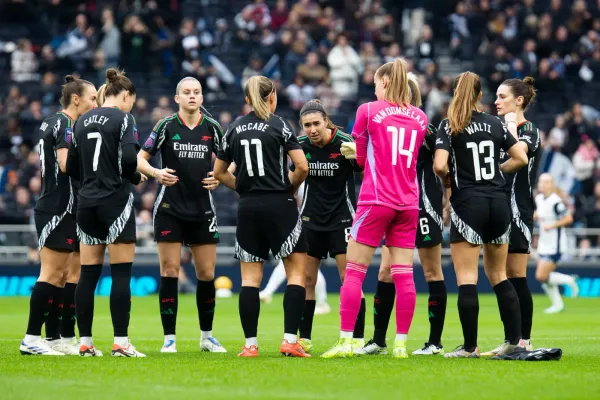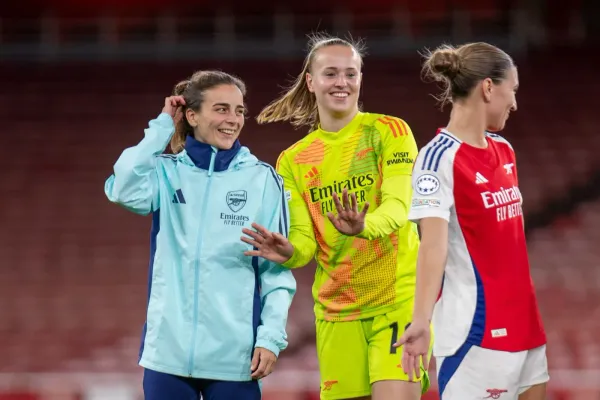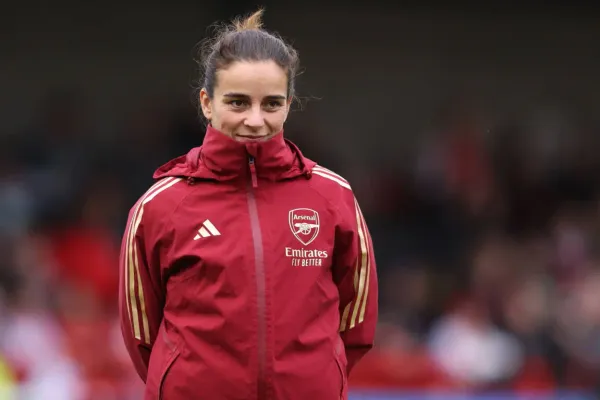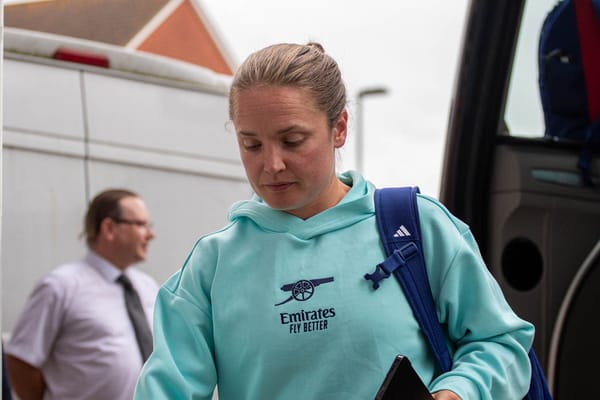Next Gen
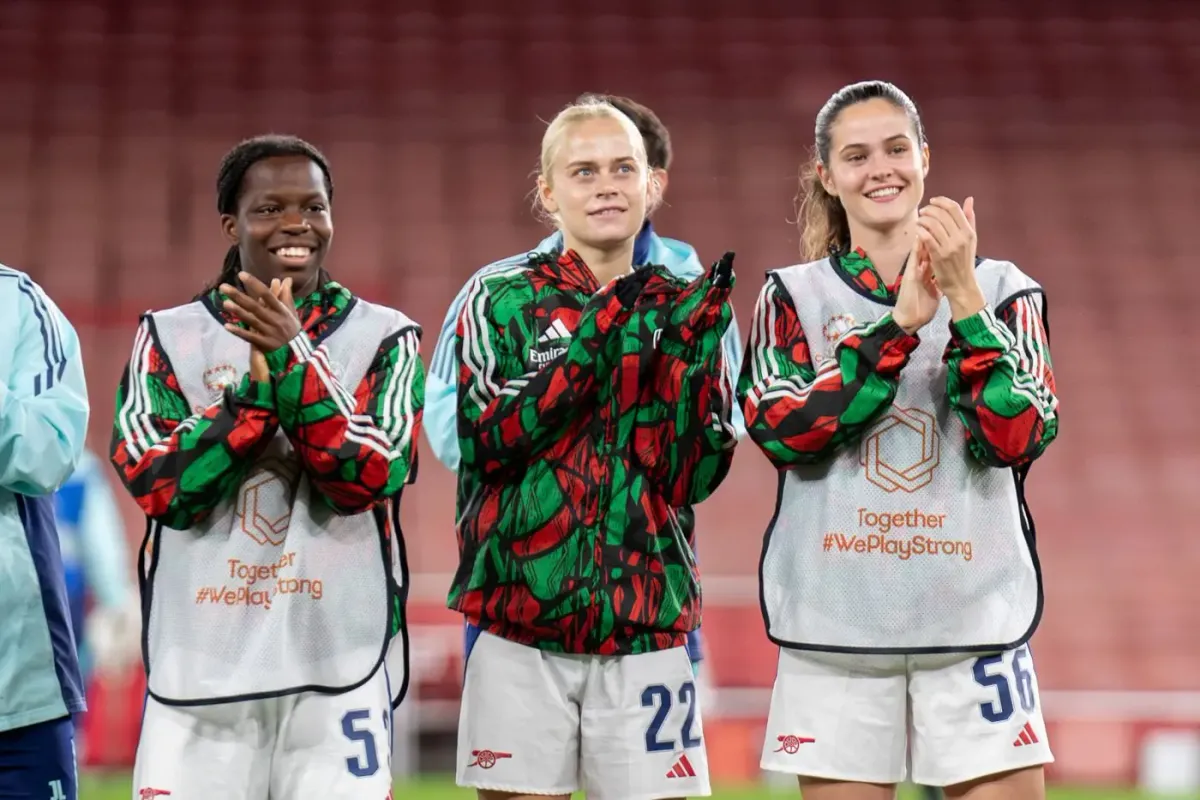
The market for players in elite women’s football has become ever more crowded in recent years. In turn, this means the market for young players is following suit as clubs look for an edge by getting their hands on players just before they become superstars and become harder to buy. Clearly, this market also drives a lot of inefficiencies.
Because young players can often make the big move too soon and see their development stunted on the substitutes bench. Ruby Mace broke into the Arsenal first team squad at the age of 16 but didn’t make her England debut until she was 21. She left Arsenal for Manchester City in 2021 and just didn’t play enough top level football until she cut the cord with City last summer.
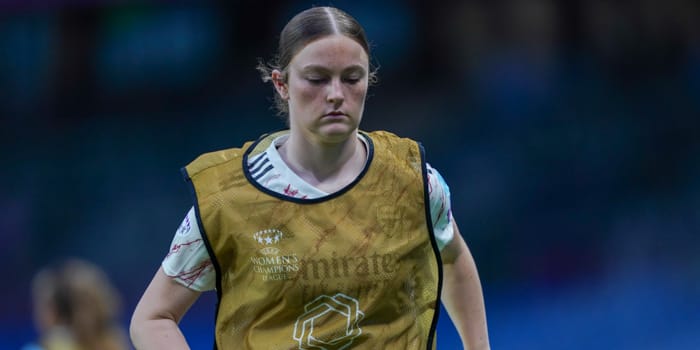
Now she plays every week at Leicester, she is in the England senior squad. One can only speculate but she likely would have come to Sarina Wiegman’s attention sooner had she spent her late teenage years at Leicester (where she also enjoyed a strong loan spell in 2023) rather than on the fringes of the City squad. In that parallel universe, she would probably be signing for someone like Manchester City now.
Chloe Kelly, for example, came through the Arsenal academy. Arsenal rated her incredibly highly but Dan Carter, Heather O’Reilly and Lisa Evans were already at the club as she was breaking through. The club sanctioned a loan move to Everton for Kelly and offered her a new contract, so desperate were they to keep her for the future.
Instead, Kelly made her Toffees move permanent. In 2019-20, aged 21, Kelly enjoyed a stellar season in the WSL with Everton and that earned her a move to Manchester City. Kelly took a step down in order to take the step back up. However, it is becoming more difficult for elite clubs to wait until players are 21 and have established themselves and fully developed their talent before taking the plunge in the market.
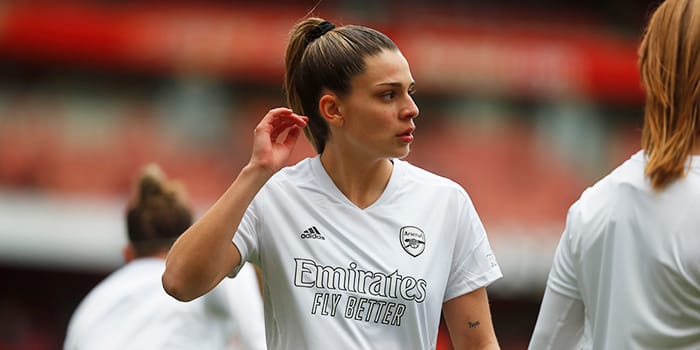
When Arsenal bought Gio from Barcelona in the summer of 2022, they knew she wasn’t quite ready to challenge for a starting place at the club but felt she could be ready after a season out on loan. The player enjoyed an excellent loan spell at Levante when she was 18 because of the difficulty of getting minutes for Barca. She went to Everton from Arsenal initially but the Gunners made the mistake of recalling her when Beth Mead and Vivianne Miedema were injured in January 2023.
Gio returned as cover but just sat on the Arsenal bench. The club even sanctioned an emergency loan move for Jodie Taylor a few weeks later and Gio wasn’t included in the club’s Champions League squad for the knockout rounds. The cruel irony is that Gio would be in a really strong position to challenge for a more significant role at Arsenal now with the current wide options in their late prime years and the Brazilian’s game more rounded.
However, they lost connection with the player and instead she moved to Atletico Madrid where she is playing well after an excellent loan spell at Madrid CFF. Danish midfielder Kathrine Kuhl will leave the club in January, quite possibly for Everton where she played on loan in early 2024. Kuhl signed as a 19-year-old in January 2023.
Again, Arsenal would have known that Kuhl wasn’t quite ready to stake a claim in the first team at that point but also knew that if they didn’t buy her in January 2023 when she was available, they risked missing out altogether. I think similar factors will have driven the signing of Swedish schemer Rosa Kafaji this summer.
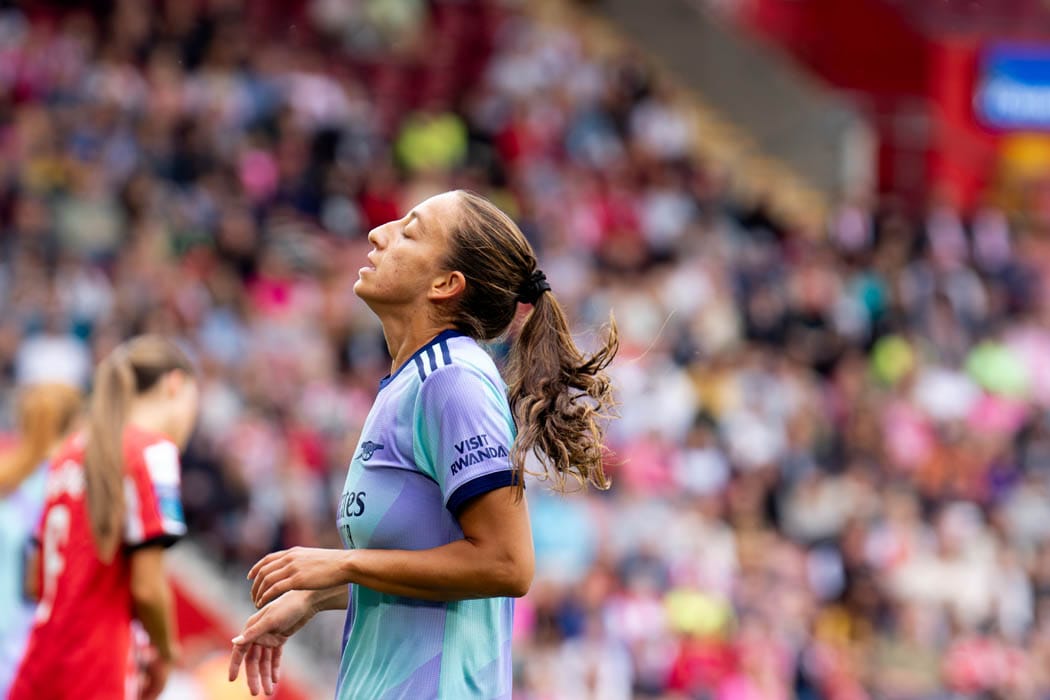
I was always told that she was a little raw and likely to be a work in progress. But with Chelsea, Lyon and Barcelona all casting furtive glances in her direction, Arsenal probably knew that if they didn’t hit the button in August, Kafaji would not be available to them further down the line. In an ideal world, Kuhl, Gio and Kafaji would probably all have joined the club a year later than they did.
I strongly suspect the same is true of Kyra Cooney-Cross. In an ideal world, Arsenal probably would have liked to have waited until Kim Little’s career was a little further down the line before buying her. But it came to a situation where Chelsea and Manchester United were hovering and it was ‘now or never’ for Arsenal after the initial failure to land Keira Walsh in the summer of 2023.
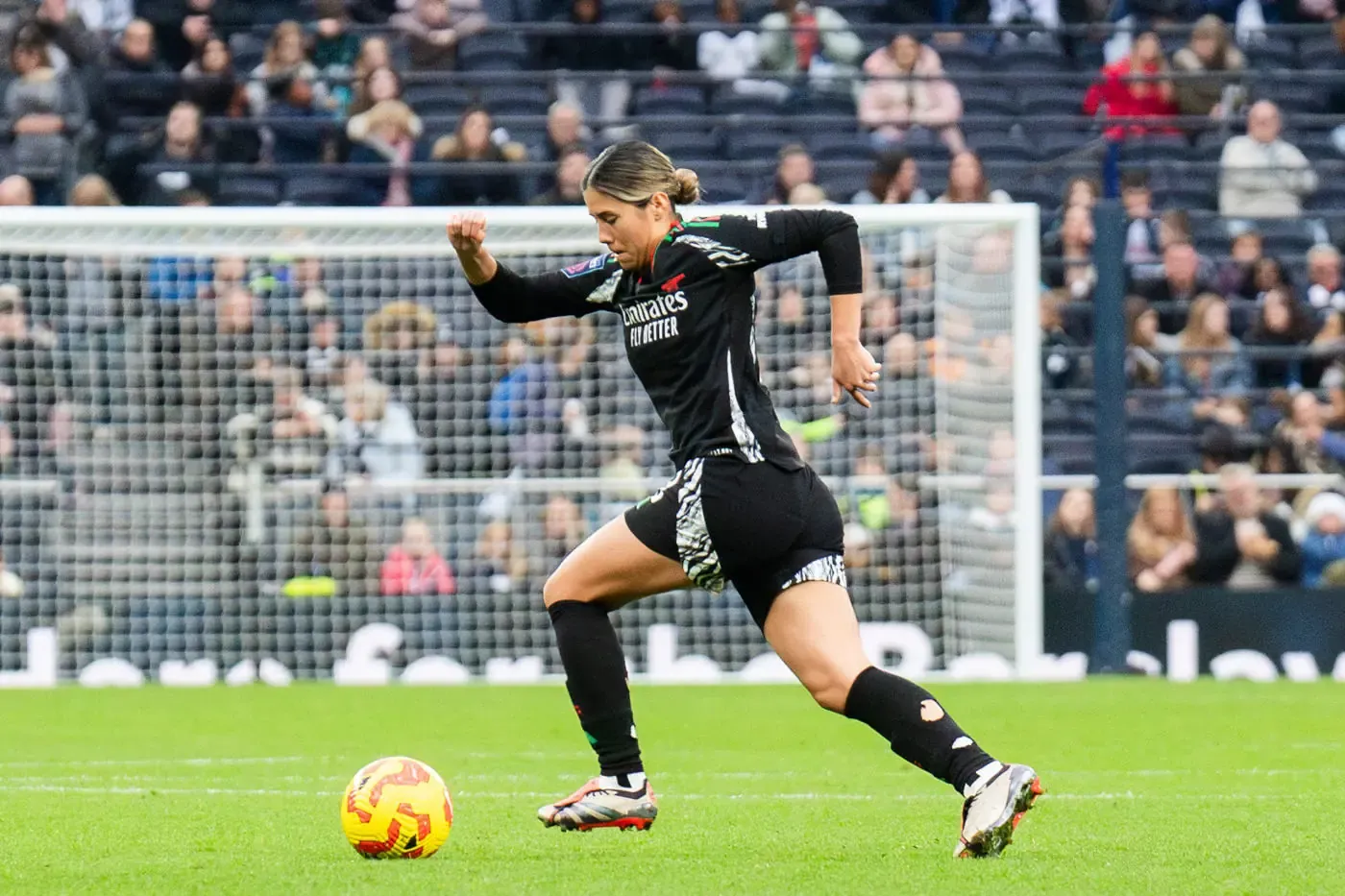
So then it becomes a question of how you look after the player’s development when they are not playing? Kafaji is 21, whereas Kuhl and Gio were teenagers when they joined the club so she is a little further down the line. Strong use of the loan system is one route for slightly premature young signings.
Chelsea have excelled here in recent seasons. Aggy Beever-Jones (though she was an academy prospect rather than a signing) had good loan spells at Bristol City and Everton before breaking into the Chelsea first team squad. Likewise, Maika Hamano enjoyed a strong loan spell at Hammarby before becoming an important player in the Chelsea squad. Though injuries in the Chelsea forward line have also expedited that process.
Developing young players is always a bit of a crapshoot. Aniek Nouwen signed for Chelsea aged 21 and she just hasn’t developed as planned (and is now injured). Jorja Fox has been loaned to Charlton, Brighton and Crystal Palace but her development has been derailed by ACL injuries. Sometimes players just don’t develop and sometimes circumstances just take over. But largely, Chelsea have done it better than most clubs recently. Grace Clinton broke into the United team via a strong loan at Tottenham too.
Katie McCabe signed for Arsenal at the age of 19 and looked as though she was going to fall through the cracks. She enjoyed an excellent loan spell at Glasgow City in 2017 and was all set to use that loan to get herself a move to another WSL club until a change of management altered her fortunes. Incoming boss Joe Montemurro simply valued her a lot more than outgoing boss Pedro Losa. Serendipity is all part of the process too.
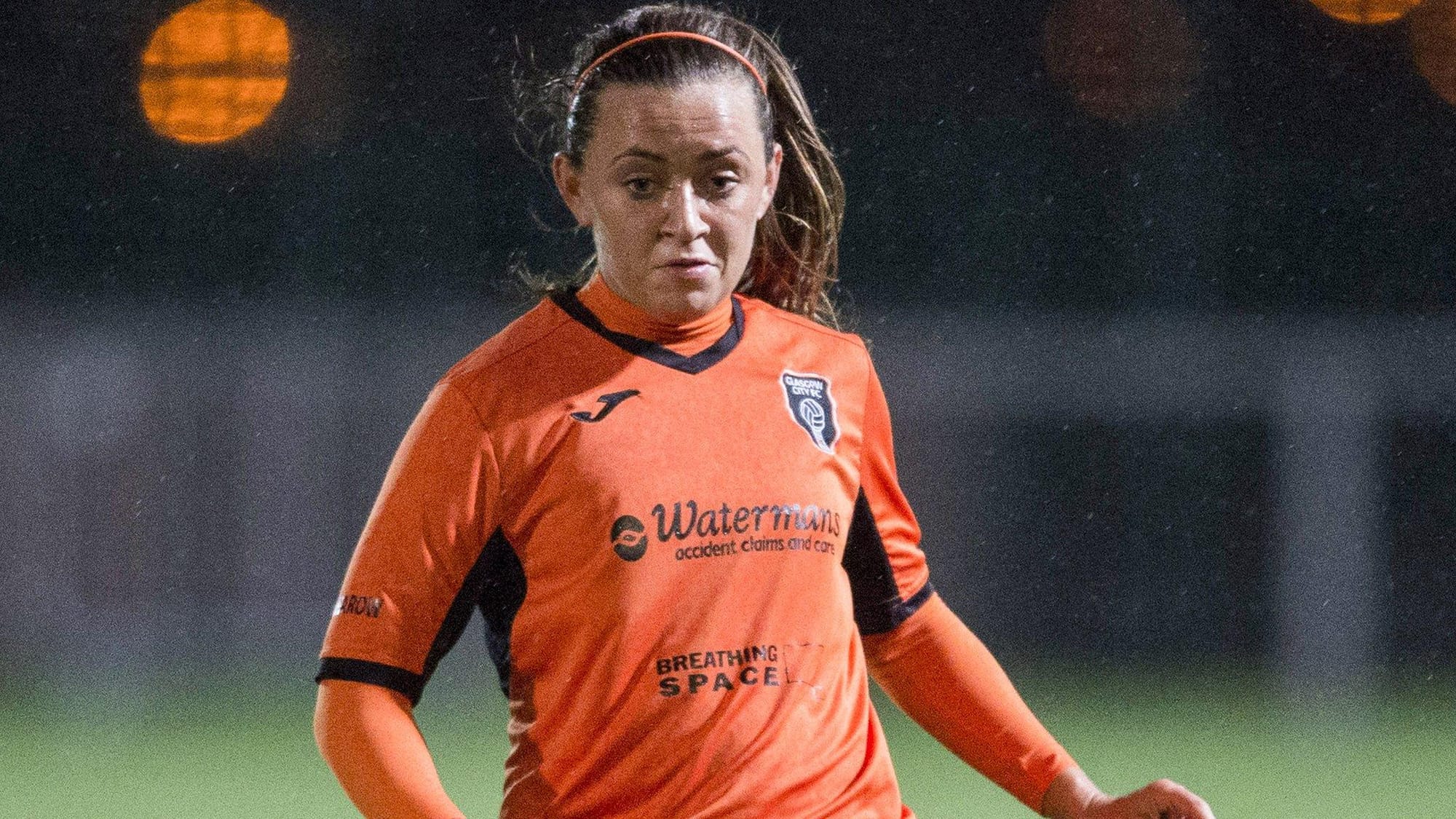
Manchester City have pursued a policy of buying young players to thicken out their squad in 2024. Naomi Layzell (20), Laura Blinkilde Brown (21), Tara O’Hanlon (19), Poppy Pritchard (19) and Eve Annets (19) have all joined the club this year. It remains to be seen how well City are able to integrate those players but Arsenal’s squad is going to need an injection of youth pretty soon.
Arsenal have nine outfield players who will be 29 or older when the season finishes. In Michelle Agyemang, Arsenal have a strong academy prospect on loan with a good WSL club in Brighton. But you get a longer run-up with your academy products, as Beever-Jones’ progress shows. If you sign a player between 18 and 21 on a two or three-year contract, the timeline for their progression becomes far more compressed.
Because if Arsenal want to compete for the best young players in the market, they will probably need to buy before they try again and how they keep those young players engaged and developing while they are not quite ready to be regular starters is going to be a really key marker of the next few seasons.
Arsenal beefed up their recruitment operations in the wake of a couple of poor windows in the 2022-23 season, they will need that expertise not just to identify good young talent but to grow and develop it from just before it’s ideal buy date.

